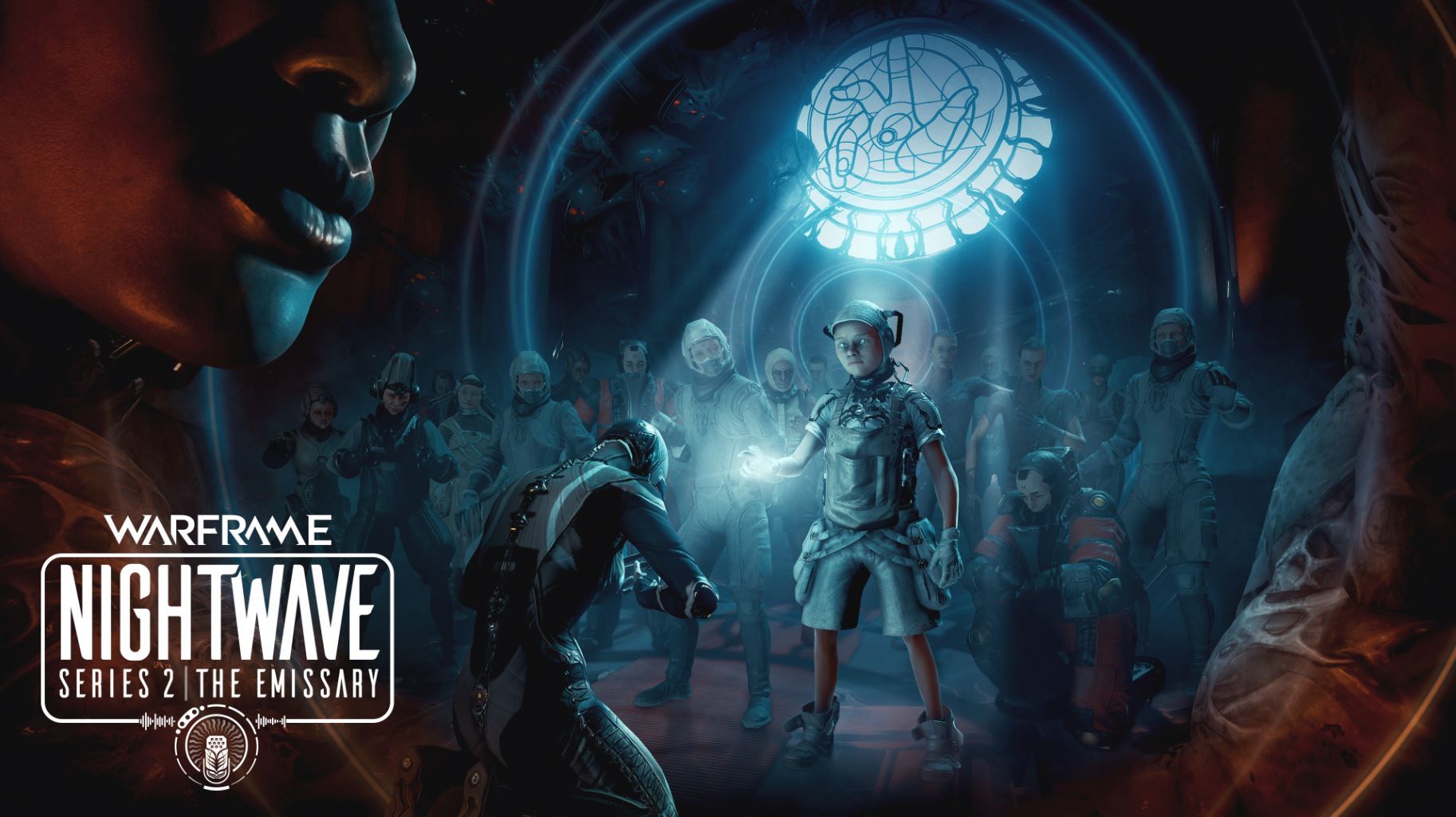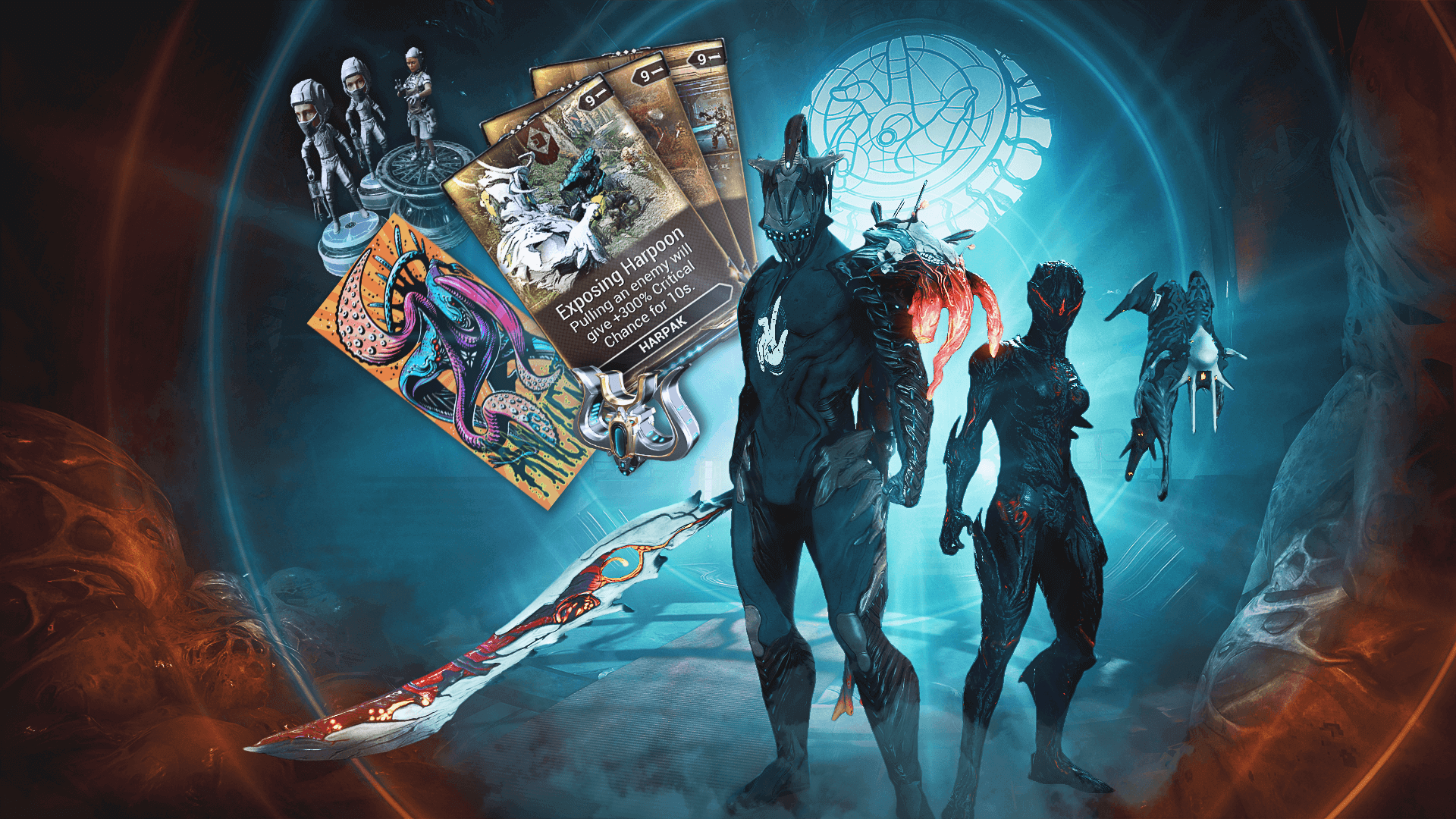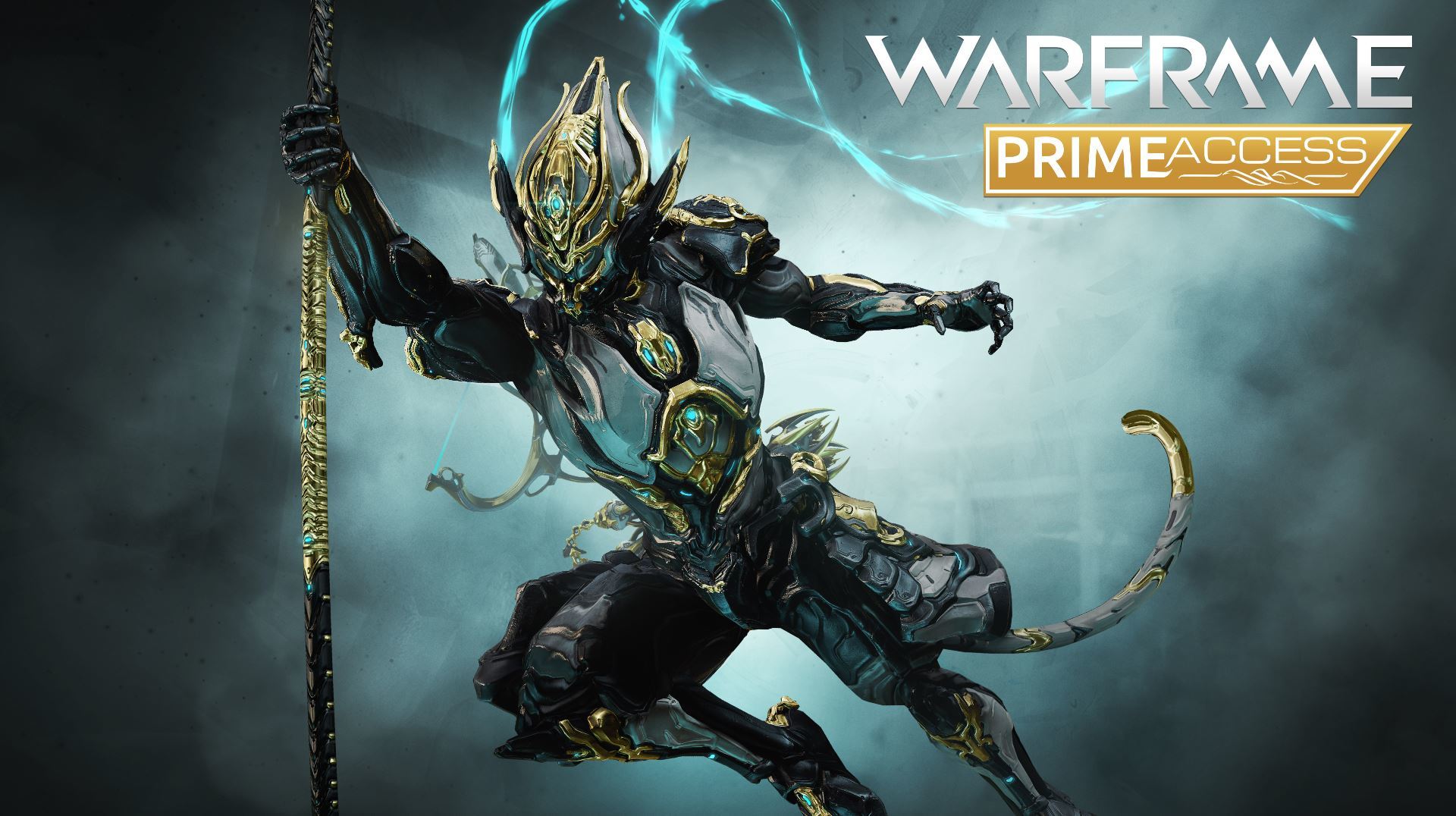
When Digital Extremes first revealed Warframe's Empyrean update last year, it was a transformative moment for the free-to-play game and its community. At the end of a live tour of its second open world area, the on-stage team of developers surprised everyone with a second demo of the then-unannounced update that would let players build spaceships, explore, and fight in space.
I don't think I can fully convey the wave of confusion and excitement that gripped the live audience in that moment. For six years, players had been stuck exploring procedurally generated corridors and a few open world zones, but then a squad of Tenno boarded a Railjack spaceship, flew to low orbit above Venus, and battled a Corpus capital ship. It was an audacious spectacle that had the audience screaming and cheering.
But for the developers at Digital Extremes like game director Steve Sinclair, the quest to create Empyrean goes back decades. It's a story woven into Digital Extremes' own brushes with financial disaster and Sinclair's obsession with realizing a cool fantasy wrapped up in a challenging game design conundrum.
"I just can't let it go," Sinclair laughs. "I have a problem."
Clipped wings
It would be cool if we could go into space, but we have no time. Execute on what we know we can execute on.
Steve Sinclair, game director
At Tennocon 2019 last weekend, Digital Extremes gave players their second taste of space combat in Empyrean with a 30-minute live demo. In lieu of a shocking twist like with its initial reveal, Sinclair and his team opted to give players a granular look at how piloting the ship works while still surprising them with fun features like the ability to steal enemy ships or call in a second squad from somewhere else in the solar system for ground support.
You can read about Empyrean in my preview, but the gist is that it's Warframe meets indie roguelike FTL. With four friends, you pilot a spaceship through stretches of open space, manning battlestations and dividing your limited energy pool between different offensive and defensive modules as the situation demands. But the comparison ends there because players can also disembark from the Railjack in their Archwing flightsuits and zip around, invading enemy ships or exploring derelict ruins floating in space.
It's a mode that Sinclair doesn't like to call an expansion, since it doesn't expand so much as it glues all of Warframe's disparate features together into one cohesive whole. It also brings Warframe closer than ever to the original game idea that nearly ruined Digital Extremes in the early 2000s.
Before Warframe was released, Digital Extremes had made a name for itself developing Unreal Tournament. That success inspired its team to make a game of their own, an ambitious sci-fi MMO called Dark Sector—a vastly different game than the Dark Sector that Digital Extremes released back in 2008.
"It's probably common knowledge [at this point] that the original version of Dark Sector was hardcore sci-fi, anime, glowing tentacles coming out of your head kind of game," Sinclair laughs. "But I had made the mistake of convincing the studio that we would also write our own game engine at the same time, which is a great way to sink a company."
It's a story beautifully told in NoClip's Warframe documentary, but this gist is that no publisher wanted to fund Digital Extremes' weird sci-fi MMO, and so the studio was forced to do contract work to make ends meet while eventually scrapping many of its ideas or adapting them to make the Dark Sector third-person shooter that eventually released in 2008.
Though the modest success of Dark Sector and the development of games like The Darkness 2 carried Digital Extremes for a few years, but in 2012 the studio needed a new game—and it was abundantly clear that no publisher wanted to fund its original Dark Sector idea. To survive, Digital Extremes was going to have to adapt.
"We had this crisis," Sinclair says. "What are we doing? What are we doing next? Are we going on the road? What's our pitch for our next game? At one point I had written a thing—I'm not taking credit for this—but I had written up this bullet point design document called Tenno. It's was like space-ninjas-slash-space-pirates, and the idea was that we'd make an Xbox Live Arcade game—remember that genre of game?—and I thought, the budget is small enough, the expectations are small enough, the price point is small enough. We could do that and self-publish it."
"That pitch was basically what Empyrean is," Sinclair adds. "You're on a spaceship, you fly over, you board the other guy, you kill the guys, get some loot, repeat, repeat, level up."
Digital Extremes only had enough money to last about a year. While the studio tried to drum up more contract work, Sinclair and a team started building a small free-to-play game out of this pitch. But with limited resources and looming bankruptcy, Sinclair says it wasn't the time to start taking risks.
To help offset the burden on the design team, this new game would use procedurally generated levels and old art assets and features stripped from the ill-fated original concept for Dark Sector. "It was really a function of needing to use all parts of the buffalo," Sinclair explains. "Trying to create a product out of the scraps of the things that you had. And that's what we did."
Of everything detailed in that original pitch that would eventually become Warframe, one feature was left on the cutting room floor: Spaceflight. "The first version of Warframe that shipped as closed beta was only nine months of work from ten people," Sinclair says. "We said, well, it would be cool if we could go into space, but we have no time. Execute on what we know we can execute on, and at that time was procedural levels with Left 4 Dead-style gameplay. We knew how to make shooters so it was like, we have the code, we know how to do this kind of thing, go, go, go."
Though spaceflight was a key part of that original design for Warframe, Sinclair says it created major design challenges that Digital Extremes wasn't equipped to solve at the time.
"You have this problem with physics," Sinclair explains. Unlike most space combat games, Sinclair wanted to create spaceships that players can fight and explore while simultaneously flying through space. To illustrate his point, Sinclair grabs the table we are sitting at and jostles it so the cups of water resting on it almost spill. To get the movement physics of each in-game character to work correctly, the game engine would have to constantly offset the math to stay relative to the movement and velocity of the ship so that the metaphorical glasses of water (in this case, the players) didn't spill as it was moving around. It's a problem that gets exponentially more complicated when you add dozens of enemies and multiple spaceships players can invade and explore all fighting in one shared universe.
Without a practical solution that didn't involve designing a game engine with the mathematical chops to keep up, the feature was quickly abandoned and Warframe became exclusively focused on fighting through procedurally-generated levels. But that dream of flying and boarding spaceships stuck with Sinclair and a few members of the development team, eating away at them until they could find a way to make it work.
Portals solve everything
Even without space combat, Warframe slowly became a smash hit thanks, in part, to its release on Steam. In 2014, the Archwing update let players to suit up in Gundam-style flight suits that allowed for six degrees of freedom while flying through linear sections of space that still closely resembled the design of Warframe's procedural corridors. But Sinclair couldn't give up on that original idea of letting players fly ships in open space.
The level doesn't move. It's fixed in space and we're just moving the backdrop perspective.
Steve Sinclair, game director
In 2017, over a year before Empyrean was unveiled at Tennocon, Sinclair was streaming on his personal Twitch account when he decided to share the problem—and his proposed solution—with his viewers who were unaware that this feature would one day be a part of Warframe itself.
In this stream, Sinclair explained that the Unreal Engine had a trick called 'portal rendering' that was the key to making Empyrean work. If you remember the puzzle game Portal, portal rendering is exactly what it sounds like: You create a "window" to a different area of space that you can see into. "It's a simple fucking trick," Sinclair laughs. "It's the simplest thing."
When you watch that Empyrean demo and you see the player flying the ship, everything you see is an illusion. There's a large portal stretched across the cockpit of the Railjack, and the ship itself isn't moving at all.
"You just connect the player controls to where that portal is," Sinclair says. "For Empyrean, there's a big 32 kilometer-squared space where all the space combat is happening and you're pitching around and it feels like you might vomit, but [off to the side] there's a little level and that's your actual spaceship. You have a solid, reliable physics system driving what appears to be this six degrees of freedom experience over here [in an entirely separate area]."
"The idea was so sound that last week—last friggin' week—one of the graphics engineers, who is a way better programmer than me, said 'I think this is a problem because the level is rotating too fast.'" Sinclair adds. "And I'm like, whoa, pump the brakes. The level doesn't move. It's fixed in space and we're just moving the backdrop perspective."
But players aren't stuck inside the Railjack. They can also leave via their Archwings and fly around in space. Again, Sinclair and his team devised clever illusions to make that transition feel seamless. "If you pay very close attention to the demo, there are moments of crossfades," Sinclair says. "You're flying in the ship, you're about to jump into the little pneumatic tube that spits you into space, and we play an animation. As you animate, it goes black, and we pop you over here, into the actual 3D space."
While in the Archwing, you're actually flying in space, but because the scale of Warframe's character combat and space combat are wildly different, you're actually shrunk down to the "size of a fairy" to maintain the illusion that the Railjack is larger than your character. Keep in mind, though, that the Railjack you see flying around in space while in your Archwing isn't the same Railjack that your teammates might still be inside of, it's just a model with no real interior.
Using that solution, Digital Extremes is able to create an approximation of space combat without having to tackle the same complications that games like Star Citizen have spent years solving. But at the end of the day, does it matter which approach you take if the end result is the same? "I'm going to fake it because I can make it faster," Sinclair laughs.
Final frontiers
Though Sinclair discovered the solution to this puzzle years ago, Digital Extremes' brush with bankruptcy meant that the studio had to be extremely careful about where they invested their time. But that's quickly changing. Warframe is a game defined by its audacity—this is a game with a warframe whose weapon is a programmable synthesizer, after all.
Empyrean is different, though. It feels like an update that could see Warframe undergo even more significant evolutions in the future. Sinclair says the team isn't making Empyrean another "island" to grind on (like some of Warframe's compartmentalized expansions), but a way to connect everything—from racing through procedural levels to Archwing combat to spear fishing on Fortuna.
I have this fear that it's not enough for our audience. I don't want to let them down that's the biggest thing.
Steve Sinclair, game director
As our time together comes to a close so that Sinclair can prepare to take the Tennocon stage and show Empyrean off to an audience of thousands (not to mention the 400,000 viewers that will watch on Twitch), I ask him how it feels to finally realize a fantasy he's been chasing for so long. His answer catches me by surprise.
"You would have to ask me that tomorrow," he says. "Right now, I'm right on the edge. I have this fear that it's not enough for our audience. I don't want to let them down—that's the biggest thing. I don't want to have a technical flaw that torpedoes the whole thing and let's them down. I feel this enormous responsibility to these people."
But that responsibility was borne from the freedom that allowed Sinclair to experiment in the first place. Sinclair remembers a frigid January after Warframe launched and was successful enough that he didn't have to fear that he'd lose his job and Digital Extremes would go bankrupt.
"I remember that January I felt like, what do I do now?" Sinclair says. "My whole career leading up to that was the hustle: the milestones, the publishers, the grind, the pitching, the milestone approval—not approved, they're going to cancel it, it's cancelled, start again. I felt lost when I didn't have to be a junkyard dog [fighting for scraps]. That was a really bad feeling. It's one of those weird paradoxes. It lasted a month, just feeling like there was no reason to keep doing this. But Sheldon [Carter, chief operating officer at Digital Extremes] was like, yeah there is, you love this. Geoff [Crookes, art director] would say to me, what do you want to do? Just put it in Warframe. Whatever the hell you want to do, let's just do it. Suddenly it was like, oh, there's creative freedom here, and that is amazing."




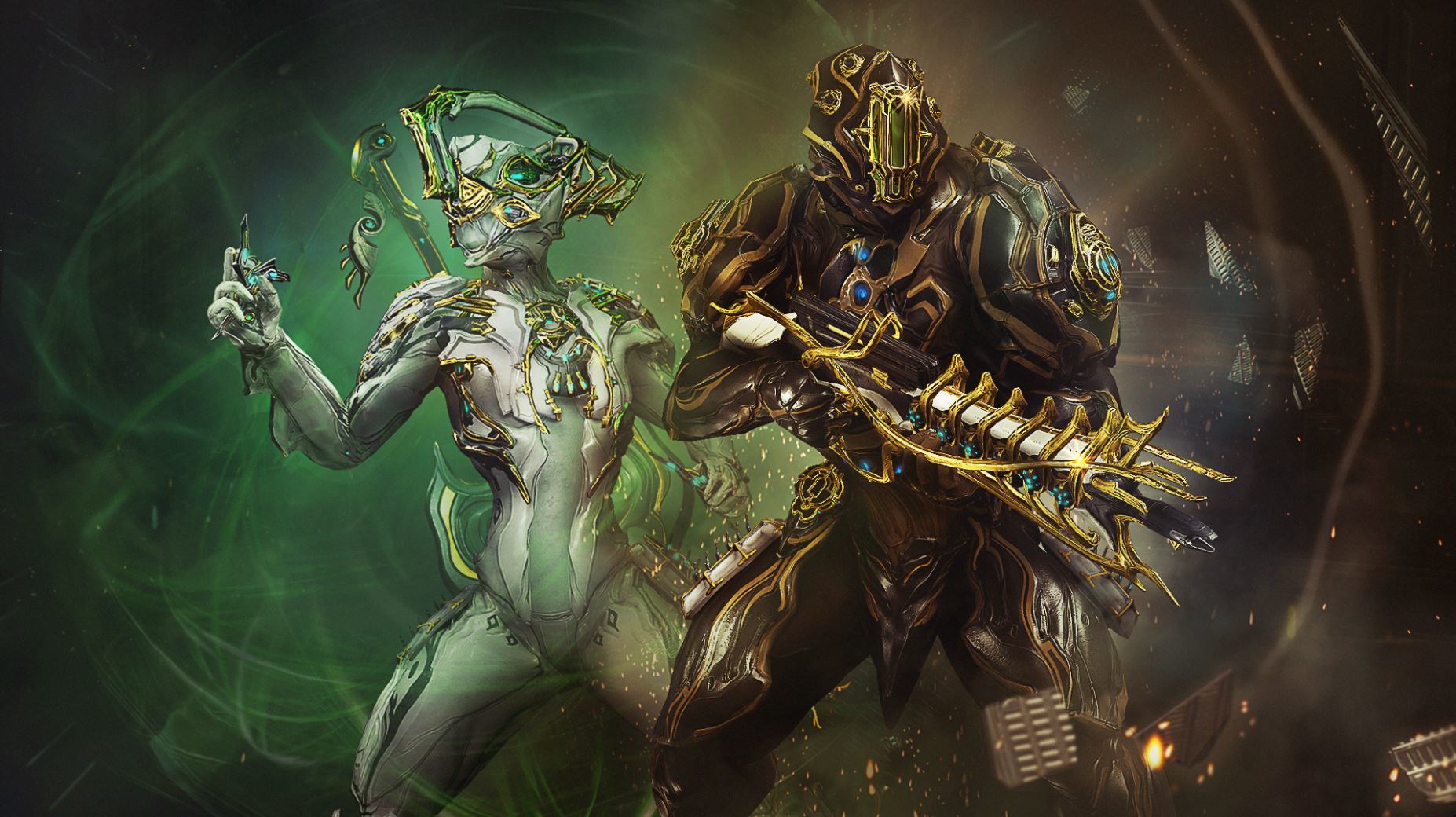

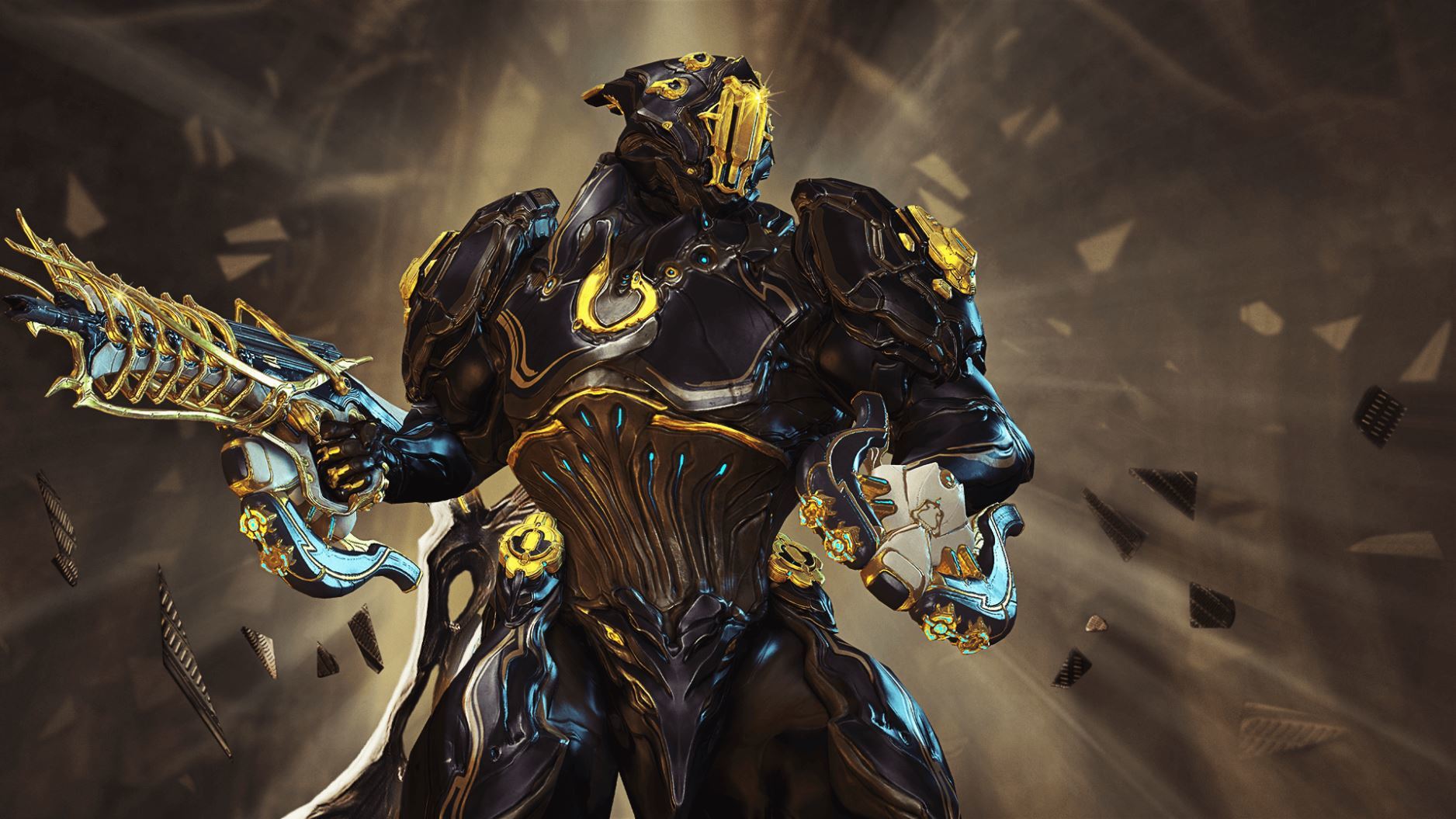
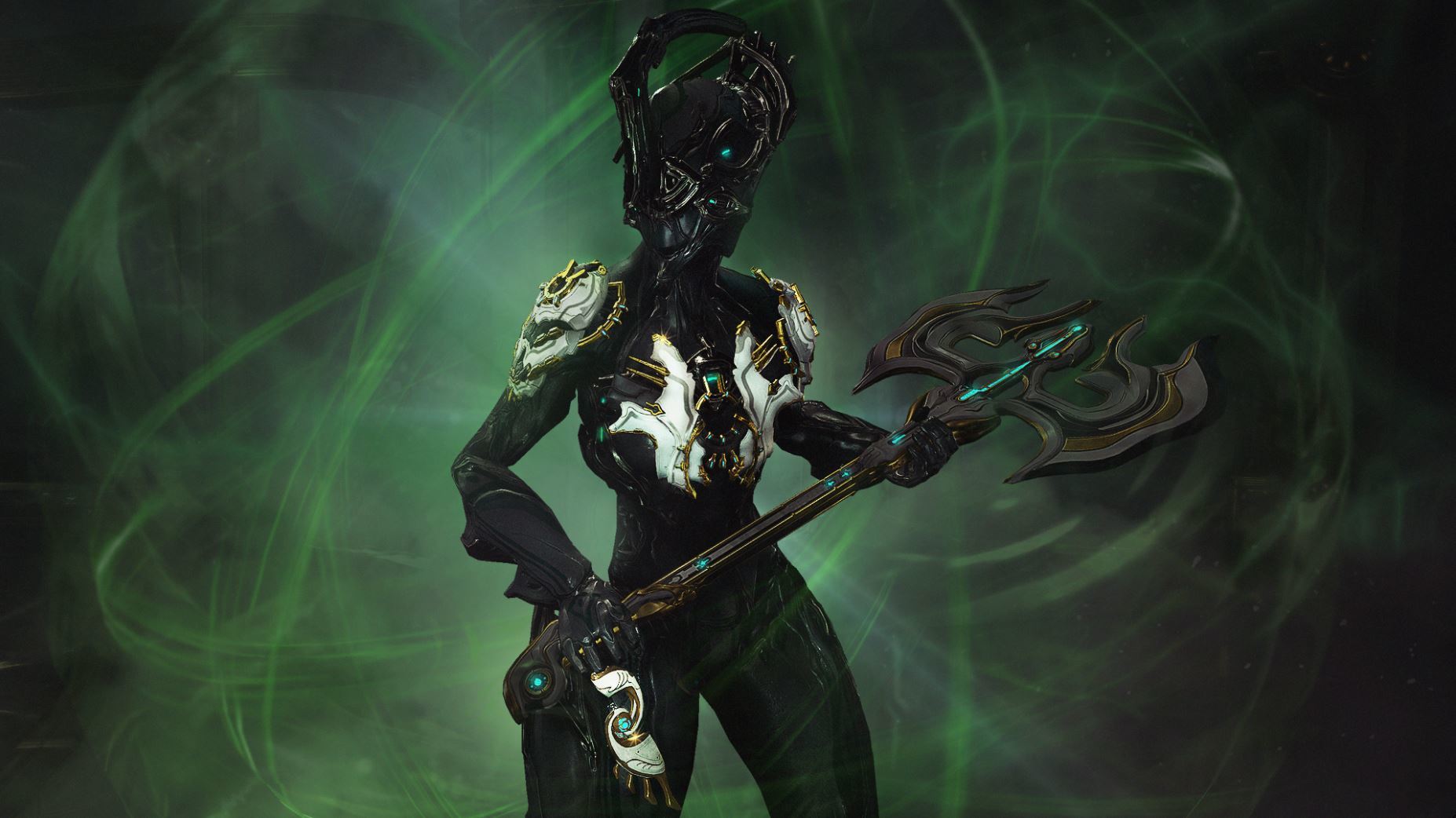
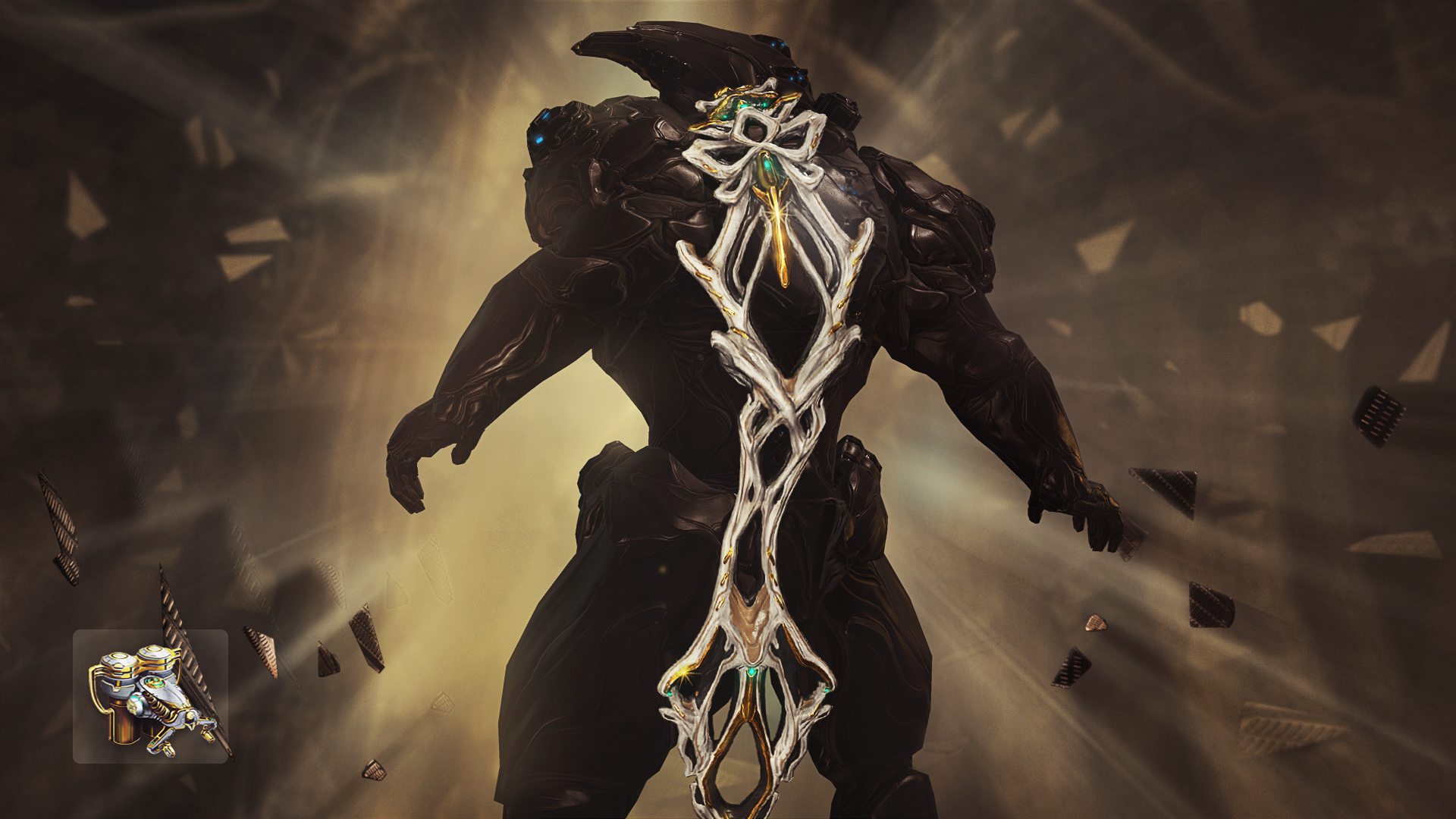
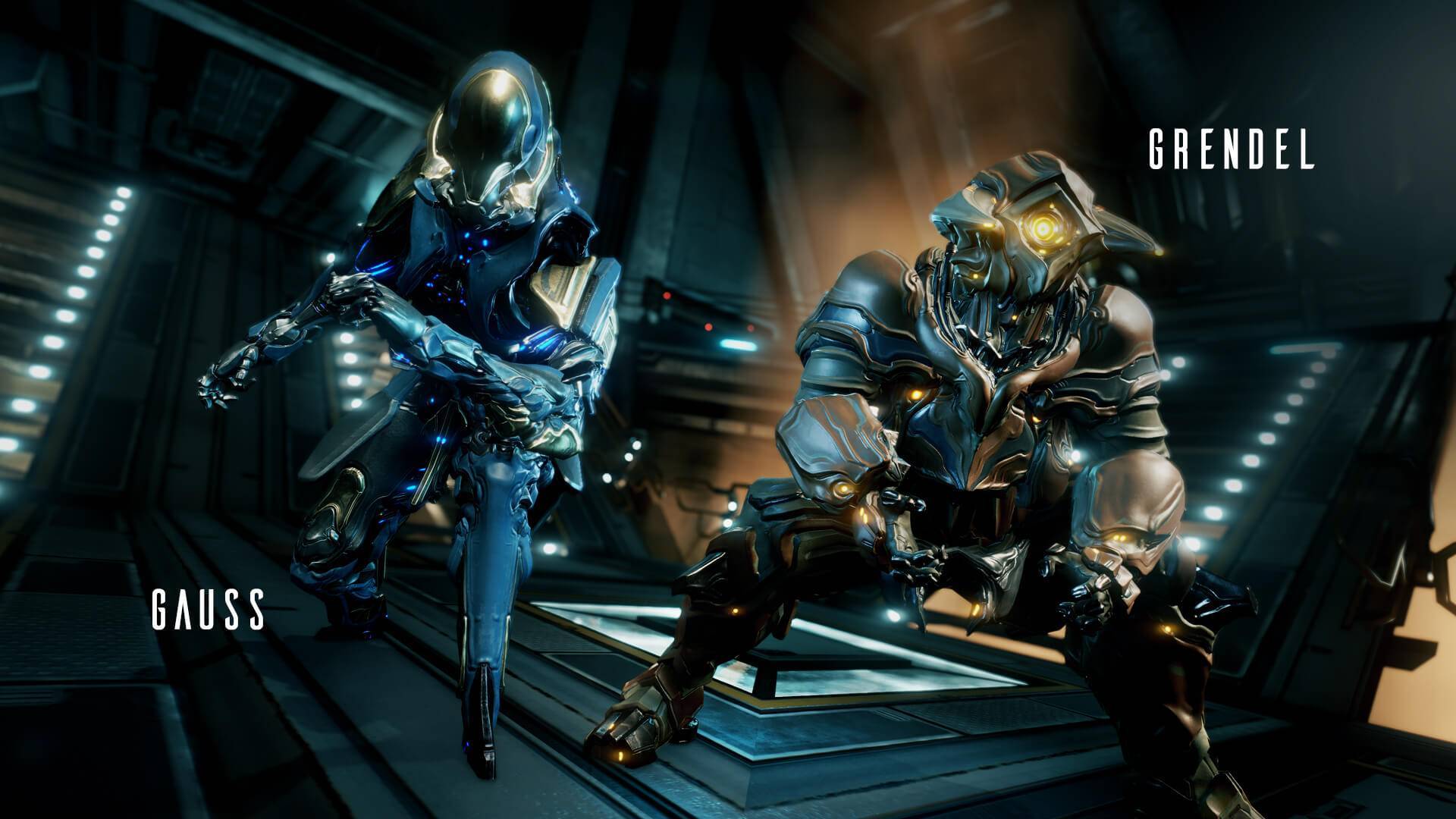


 It s not a fucking expansion. On this Steve Sinclair, creative director on
It s not a fucking expansion. On this Steve Sinclair, creative director on 